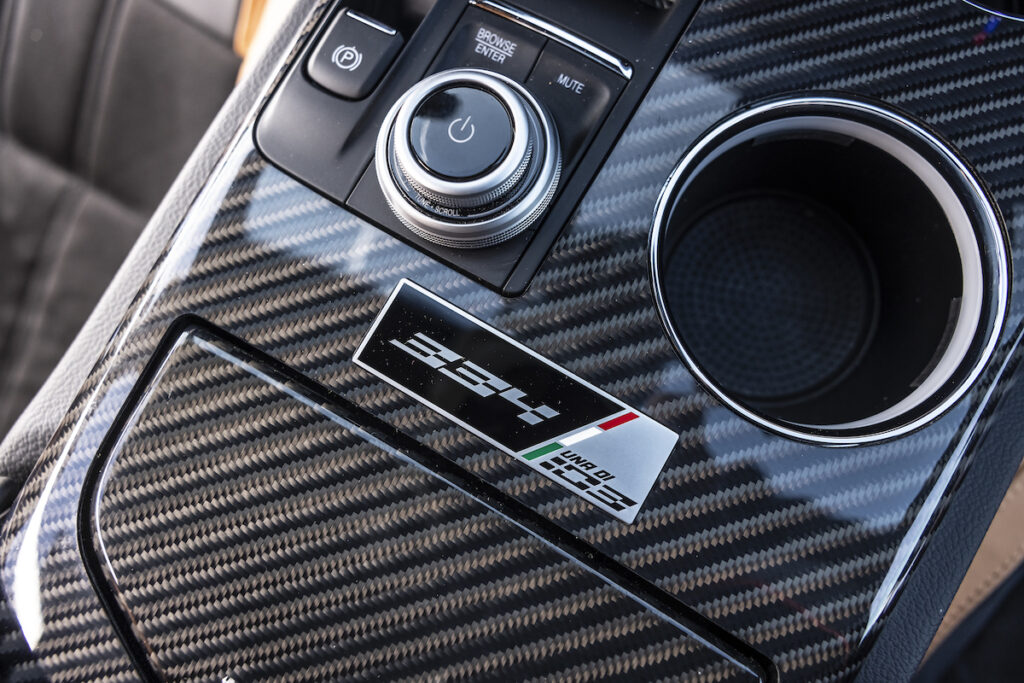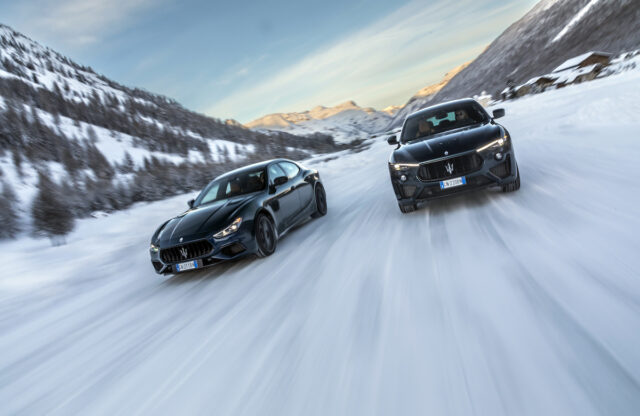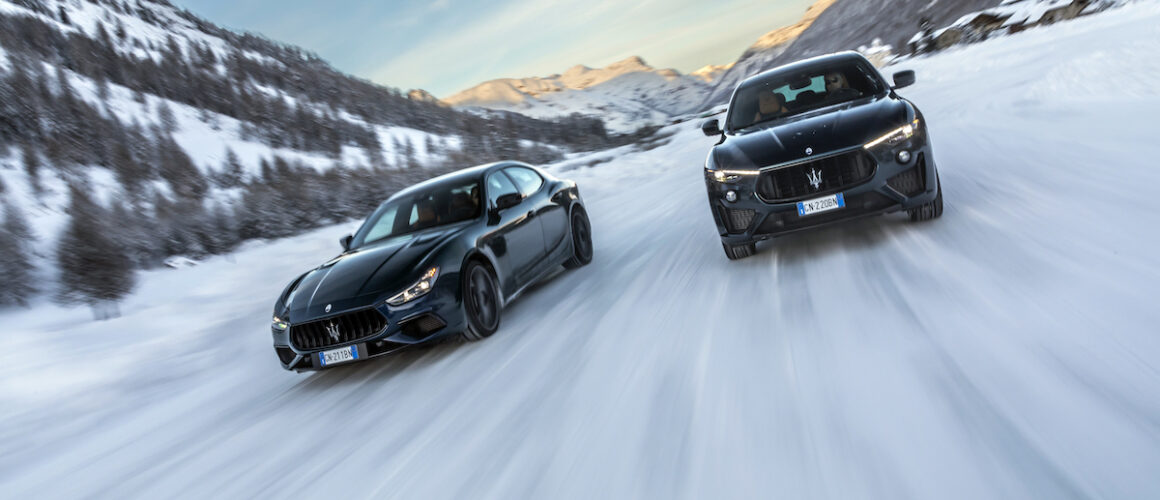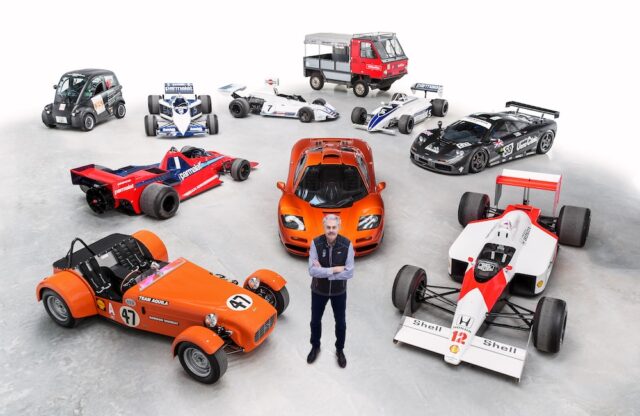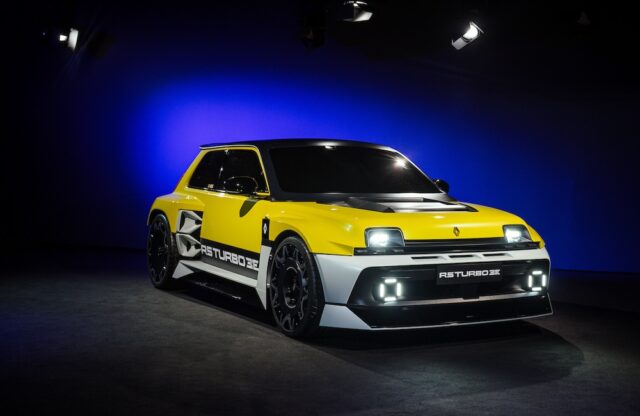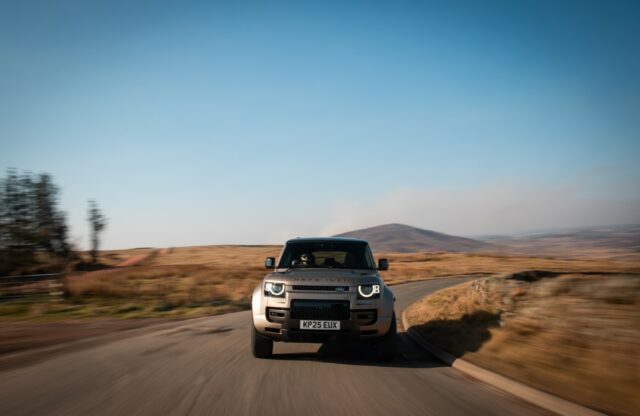WORDS: ELLIOTT HUGHES | PHOTOS: MASERATI
After more than 60 years, Maserati is saying arrivederci to the V8 engine. This is sad news, because the character of many of the Trident’s greatest cars – from the 5000GT to the Gran Turismo – has come from having eight pistons musically reciprocating under their respective voluptuous bonnets.
So it’s only right that Maserati gives its V8 a worthy send-off, which comes in the form of two special editions: the Ghibli 334 V8 Ultima and the Levante V8 Ultima. It is apt that Maserati’s first V8-powered road car, the aforementioned 5000GT, served as the inspiration for these two limited-edition swansongs. Maserati invited Magneto to Italy to experience both models – but more on that in a moment.
The 5000GT’s backstory is fascinating. It begins in the late 1950s, when Maserati was teetering on the financial precipice and had consequently withdrawn from motor racing. “At this time, we had just started the 3500GT programme,” former Maserati employee Aurelio Bertocchi told Winston Goodfellow for Magneto issue 4. “We decided to concentrate all our energy (in that area), rather than racing.”
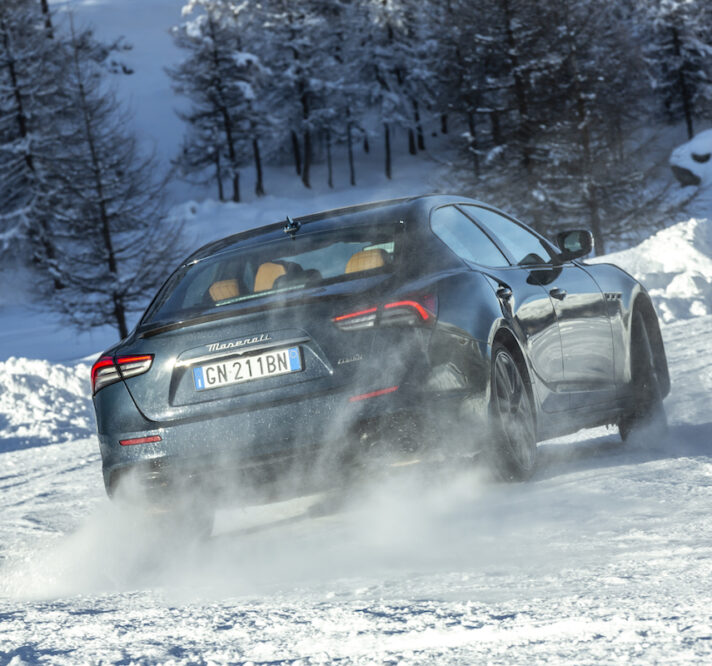
The Ghibli’s name references its 334kph (207mph) top speed, which Maserati claims makes it the fastest four-door saloon car in production


This proved to be a canny decision, as the 3500GT became Maserati’s best-selling model for nearly 20 years. But it also spawned the legendary 5000GT after Maserati president Omer Orsi sent a letter with sales brochures to the then Shah of Iran, Reza Pahlavi, while hoping to rescue the marque from financial turmoil.
The Shah quickly responded to Orsi’s letter by setting up a meeting at the naval academy in Livorno. Maserati’s chief engineer at the time, the great Giulio Alfieri, attended the meeting and recalled that, after brief pleasantries, the Shah produced a sales sheet for the 450S race car and said: “I want a car, using this as the basis. I’d like to have something special I can use on the street.”
Alfieri, the Shah and Orsi then agreed on several criteria for the machine that would become the Tipo 103, better known as the 5000GT. The vehicle would be a two-seater coupé with a practical boot, and powered by the 4.5-litre V8 from the 450S racing car. Alfieri also promised a top speed of 280kph (174mph) – a monumental figure for the era – and enough to make it the world’s fastest production car.
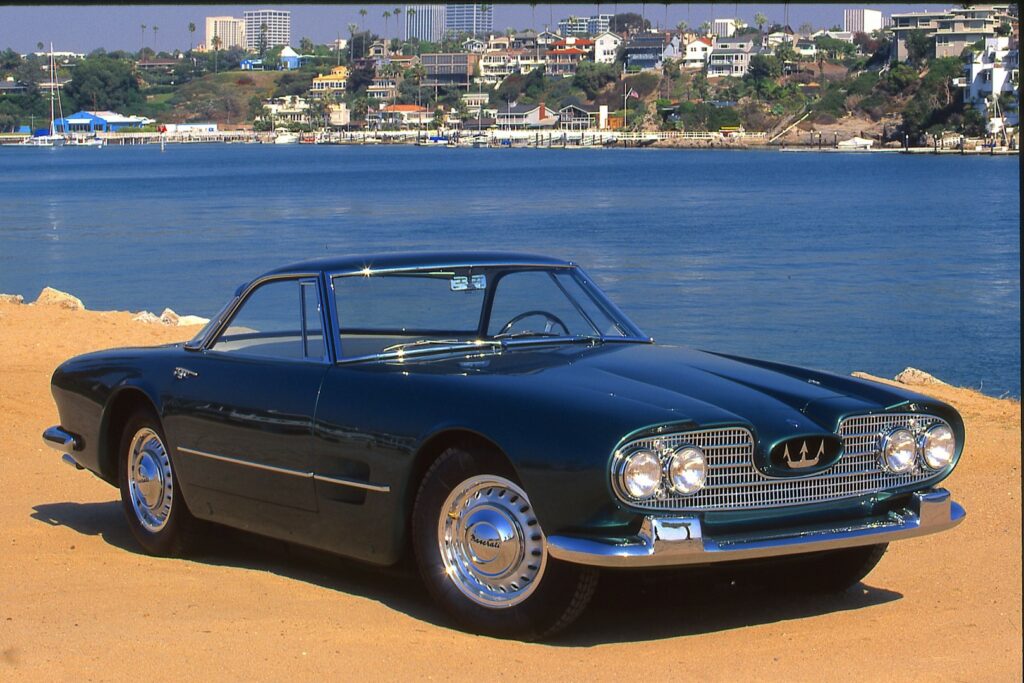
With everything agreed, Alfieri and his team set to work on modifying the 3500GT so that its engine bay could accommodate the more powerful V8 in place of its 3.5-litre straight-six. The suspension and brakes were also upgraded, while the 5000’s coachwork was entrusted to Carrozzeria Touring. Maserati built a grand total of 34 5000GTs between 1959 and 1965, and the commissioning clientele had coachwork completed by a selection of Italy’s greatest Carrozzerie.
Sixty-four years have passed since the Shah’s 5000GT debuted at the Turin Motor Show in 1959. The Levante V8 Ultima and Ghibli 334 are parked in front of me, amidst the snow-capped landscape of Bormio, a charming ski resort town located some 400km northeast of Maserati’s typical domain – the sun-kissed coastline of the Italian Riviera.
The 5000GT’s influence is obvious. Both the Levante Ultima and Ghibli 334 are finished in Persian Blue – a delicious green-blue hue inspired by the Shah’s 5000GT paintwork. The Ghibli’s name references its 334kph (207mph) top speed, which Maserati claims makes it the fastest four-door saloon car in production. It proudly wears this figure in red on each wing. The Levante’s stat sheet is similarly impressive, with the SUV completing 0-62mph in 3.8 seconds and topping out at 187mph. Maserati will build 103 Ghibli 334s in total (a reference to the 5000GT project number), while the Levante will be slightly less exclusive, with 206 cars slated for production.
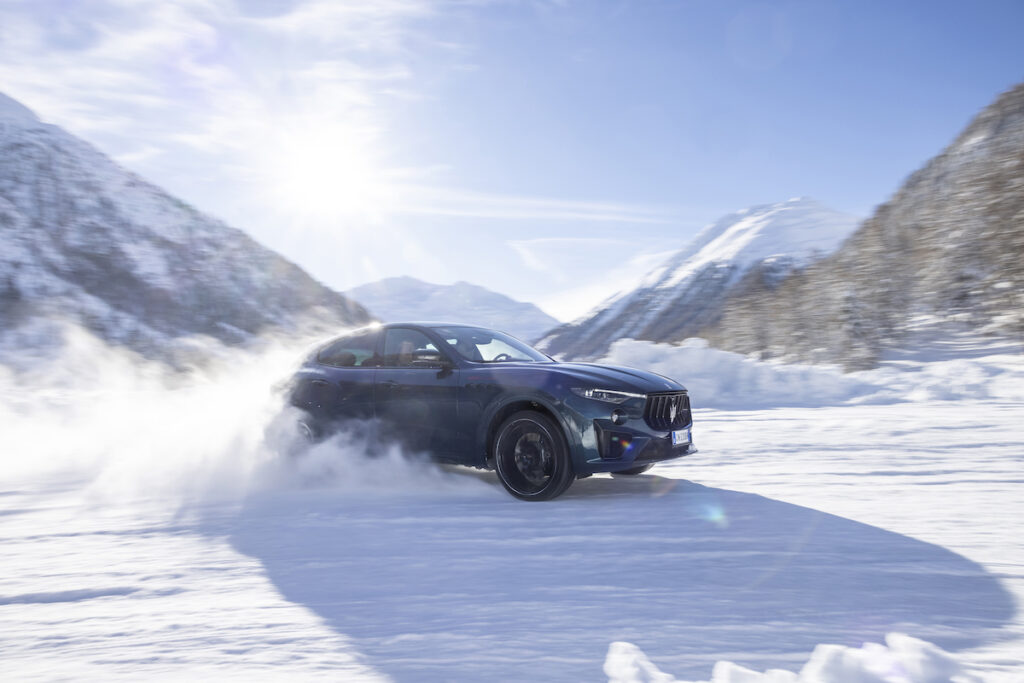
Both models are powered by Ferrari’s fabulous F154 3.8-litre twin-turbo V8. The Maserati F154 features a cross-plane crankshaft and a wet sump (unlike the flat-plane and dry-sumped Ferrari version), and develops 572bhp and 538lb ft of torque. Maserati aficionados will already have noticed that these figures are identical to the engine’s output in the 2018 Ghibli and Levante Trofeo models.
Truth be told, neither of these special editions brings much to the table in terms of mechanical enhancements, especially the Levante, which is identical to the Trofeo variant aside from some special cosmetic features akin to the recent Jaguar F-Pace SVR Edition 1988. The Ghibli, on the other hand, does offer slightly better performance, although this hasn’t come from an uptick in horsepower or upgrades to the suspension and brakes. Therefore, I hope you understand my emphasis on the Ghibli.
The 334’s bump in performance amounts to a 0.3-second improvement to the 0-62mph time (3.7 seconds) and a 5mph increase in top speed over the Ghibli Trofeo. This has been achieved with the fitment of a new carbonfibre rear spoiler to reduce drag, alongside lightweight 21-inch alloy wheels wrapped in bespoke Pirelli rubber and lighter rear seats. Curiously, EU homologation rules mean that the official kerbweight is identical to the Ghibli Trofeo’s, at 1969kg, despite a reported 25kg weight saving.
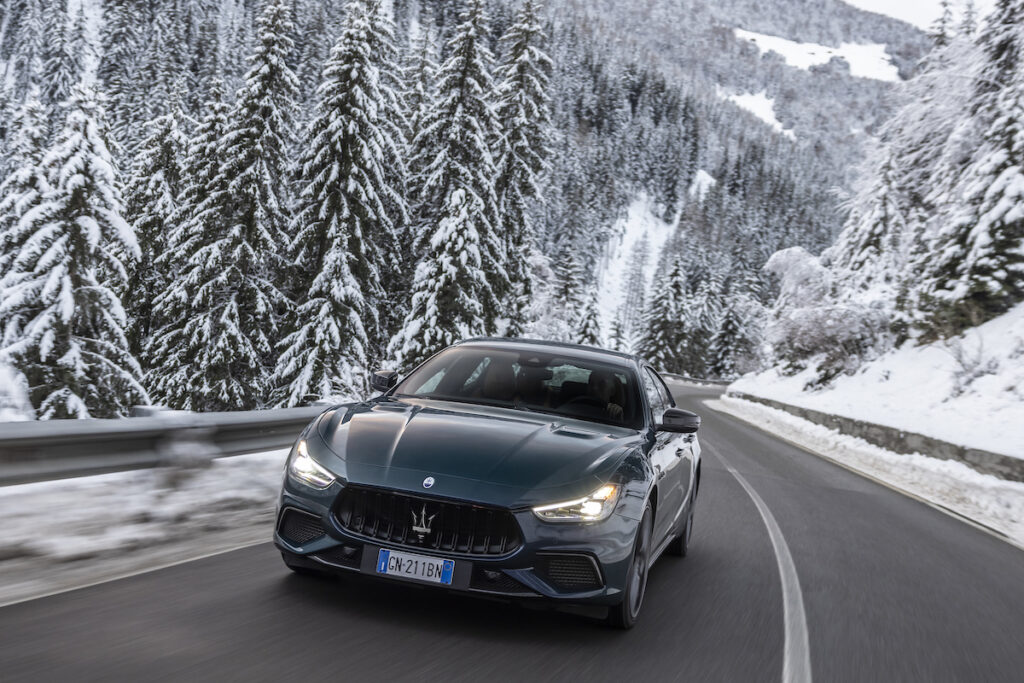
Unfortunately, perilously icy alpine roads offer little chance to explore the Ghibli 334’s extra performance – or get anywhere near its 207mph top speed, for that matter. The conditions have also necessitated the fitment of Pirelli Sottozero 3 winter tyres, something I am very thankful for when the rear-wheel-drive saloon’s back end steps out on more than one occasion.
Despite the rather limited nature of the test drive, it’s clear that the pinnacle of the Ghibli model is a very capable car. The traction and stability-control systems are particularly impressive, allowing just enough power in Normal and Sport modes to keep the rear end under control for the most part – even when purposely provoked with some oafish throttle application.
The steering, meanwhile, is a touch slower than in something like a modern BMW M3, yet it suits the car’s grand-tourer DNA and provides plenty of response from the front axle. It’s a similar story with the Skyhook adaptive dampers, which deftly absorb bumps and road imperfections even in their firmest settings.
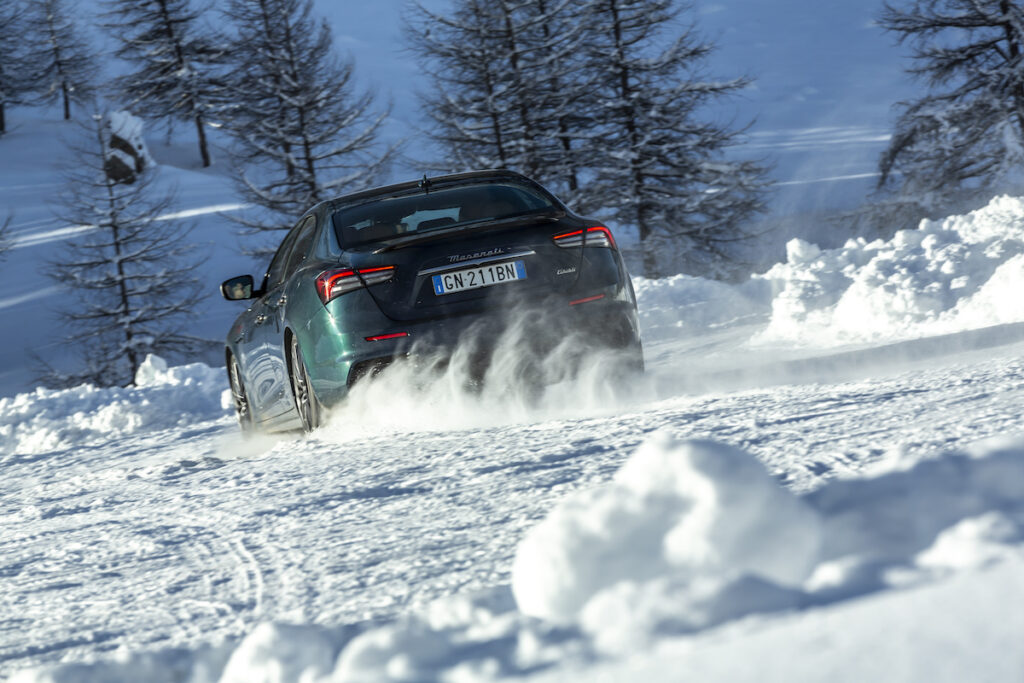
A brief drive around a purpose-built ice track reveals the communicativeness of the Ghibli chassis, and it is easy to feel the weight transfer shift between slow, leisurely slides. The only fly in the ointment is a slightly snatchy brake pedal at low speed, although it’s easy to adjust to this. It is also a joy to flick through the ratios of the ZF eight-speed transmission via the katana-like paddles, even if the gearshifts themselves are a little slow compared with those of contemporary rivals.
The Ghibli was launched almost a decade ago, and its age becomes most apparent in the cabin. To my eyes, physical instrument dials are a welcome departure from today’s digital display screens, yet the array of Chrysler-derived buttons and the dated infotainment system are less endearing. Plush Terracotta leather and Alcantara upholstery do give the interior a suitably premium feel, however, as do the lashings of carbonfibre trim and special ‘334’ badging and headrest embroidery. The build quality is also very good, aside from a slightly tinny sound when closing the doors.
Ergonomically speaking, the Ghibli cabin is a triumph. The 12-way adjustable sports seats are some of the best I’ve experienced in any car, striking the perfect balance between support and comfort. It’s in details such as this that Maserati’s grand-tourer expertise becomes obvious. The driving position is also very good, low enough to feel connected to the car while still providing a decent view out.

It’s certainly sad that the storied lineage of Maserati V8 cars is coming to an end. And, for the most part, the Ghibli 334 and Levante Ultima are a great send-off. What makes both cars difficult to recommend is the price: the Ghibli 334 costs £157,355, while the Levante V8 Ultima comes in at £156,900. This represents a respective increase of £53,155 and £17,400 over the equivalent Trofeo versions.
Even so, we’re very glad they both exist, and we will certainly miss that V8 soundtrack.
